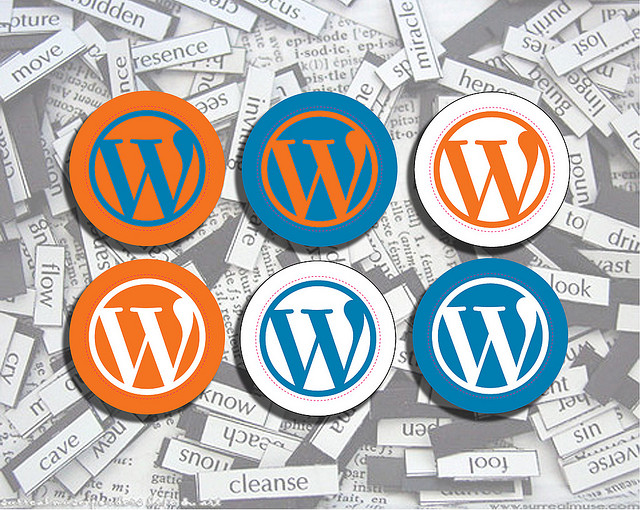
On being in blogging for more number of years, you notice that your WordPress archive becomes so big that it now is not at all easy for you to handle. Well, what it makes you consider in doing compressing the things so that one can find your posts with greater ease. While you can do this manually also by creating a proper archive by yourselves, but you can also use a plugin for the purpose which is called as Compact Archives for WordPress.
Using Compact Archives Plugin As Widget
- Download and activate the Compact Archives Widget (but before this you have to download Compact Archives Plugin also).
- Once activated, go to your Widget area and drag the Compact Archives Widget to one of the widget areas on your site.
- Here you get an option of giving your archives a title and selecting the sort of layout you would like to have.
Manually Inserting Code
- If you want better control over the archives location, then you consider on opting for manually inserting the code in your theme’s file.
- Wherever you want it to appear, you have to insert the following code:
|
1 |
<ul> <?php compact_archive(); ?> </ul> |
3. While you get more freedom also on adjusting the way as you want to with adding additional parameters to it:
|
1 |
compact_archive($style='initial', $before='<li>', $after='</li>'); |
Photo Credit: Flickr/DRs Kulturarvsprojekt


